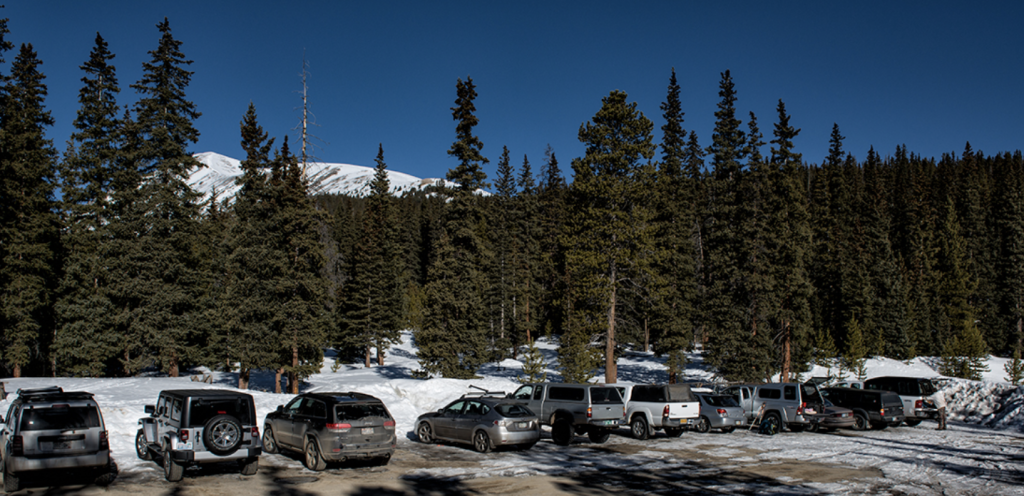Summit County is the hottest destination in the nation’s busiest forest.
In five years, from 2017 to 2022, visits to the Dillon Ranger District soared from 12.5 million people annually to nearly 19 million people annually, according to the most recent U.S. Forest Service survey.
And ski resorts are not to blame.
“If you think about campgrounds and ski areas, you buy a ticket, you have a capacity,” local ranger Sam Massman says. “That capacity has largely been reached. So where does all this visitation go? For us, it’s our ‘front country’ trailheads: the Spruce Creeks, the Quandaries, the Frisco backyards.”
Cars were clogging up highways and neighborhood streets. Trash was piling up in trailheads and alpine meadows. At Quandary Peak, the state’s busiest 14er in 2021 and 2022, Summit County and town of Breckenridge fought back with a first-of-its-kind shuttle service and mandatory paid parking at the trailhead, up to $50 per day.
Massman’s boss, district ranger Adam Bianchi, admits the Forest Service was caught off-guard.
“We’ve had this kind of antiquated thought of, ‘If you build it, it’ll cause more people to come,’” Bianchi says. “I think that doesn’t matter. I think they’re coming regardless. We’re playing catch up, but we need to start building our facilities to match that.”
Bianchi calls it a “holistic” access plan, and it’s a new, top priority for his team.
“As those crowds have increased, we haven’t developed bathrooms, we haven’t added trashcans, we haven’t really done much to accommodate them,” Massman says.
This spring, rangers are meeting with local towns to identify the busiest trailheads in Summit County, like Miners Creek in Frisco, where a nearby bus line could ease crowding – if hikers know it’s an option.
Identifying Summit’s hottest hotspots is the first step.
After that, the Forest Service needs money to pay for upgrades.
Grant funding is a start. So are local towns.
But maybe the most controversial tactic: Day-use fees. Bathrooms and trashcans will not pay for themselves.
“From a Forest Service perspective, some of these trailheads might be like any other day-use area,” Bianchi says. “If we have amenities we can start charging for, there is potential for those to be more sustainable.”

